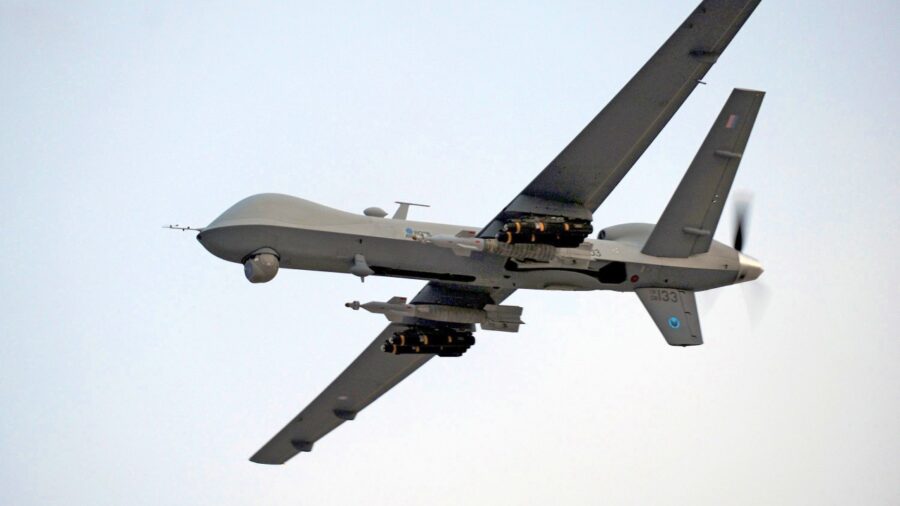NATO Navy Lasers Aim To Replace Missiles

For NATO navy ships, laser weapons may be the solution to drone warfare. A new anti-drone technology is being developed that looks to replace missiles with a cheaper, reusable weapon in the next few years. Similar systems have been attempted in the past, but none have been useful enough for widespread military use.
Light To Disable Drones

The new navy laser is being developed by the German company Rheinmetall and the European MBDA Missile Systems.
It would use concentrated light to disable hostile drones at a much lower cost than launching missiles at aerial targets. If the system can replicate the success of missiles, it could be a huge cost-cutting move for NATO ships.
A German navy frigate equipped with a prototype of the new laser weapon was recently used in a weapon demonstration. According to Rheinmetall, that demonstration was an unmitigated success proving that the system is accurate and effective enough for combat situations.
Even with the successful demonstration, the final version of the system is expected to take another five to six years to develop.
Anti-Air Defense

The Rheinmetall and MBDA navy system isn’t the only laser program in the works. The UK-based DragonFire high-energy laser is also in development with a similar anti-air defense function.
In Israel, the Iron Beam could see deployment as soon as 2025 with a range of several kilometers.
The effectiveness of drones against navy ships has led NATO and others to consider these laser weapons. Drones are relatively cheap to produce and capable of interfering with ships in numerous ways.
Missiles Too Expensive

While missiles can be launched to destroy drones, those missiles are much more expensive than their targets, making each drone destruction a costly victory.
For a navy laser system to be viable, it needs to be effective and consistent, but also very inexpensive to fire. The DragonFire system’s rounds cost only $13, and the Iron Beam system claims it has “almost zero cost per interception.”
The system being developed by Rheinmetall and MBDA will have to compete with that cost-effectiveness if it’s going to become the future of anti-drone warfare.
Israel’s Tactical High Energy Laser

While the new navy laser weapon shows promise, the technology has historically fallen short in terms of real-world application.
Israel implemented the Tactical High Energy Laser in 2005 but stopped using it shortly after it was deployed. The system ended up being too expensive, ineffective, and difficult to move for actual use in combat.
Power Consistency And Beam Stability

The new NATO navy laser system has to overcome the difficulties that have plagued similar projects in the past. Two main problems have kept most weapon systems using the technology back: power consistency and beam stability.
A targeted beam of light needs to be accurate and powerful enough to bring down targets reliably and quickly to be useful in the field and trying to achieve that consistency has resulted in numerous failures and long, costly development cycles.
A Sci-Fi Concept?

While the idea of navy ships deploying laser weapons sounds like a sci-fi concept it may become reality sooner rather than later. The proliferation of drone technology has created a major problem for modern naval forces and a cost-effective solution is desperately needed.
The new system being developed by Rheinmetall and MBDA could be the system to finally make the technology viable, which would be the tactical drone solution they need.
Source: The National Interest














Login with Google